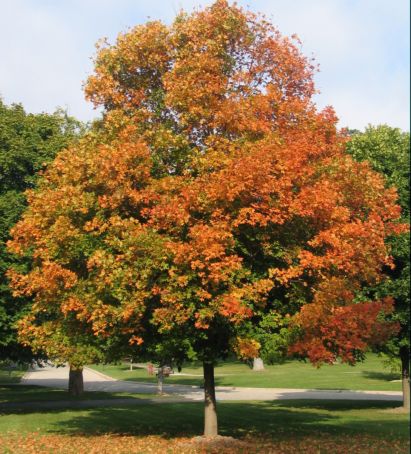
Youngsters are back in school. Fall clothes fill the ads. Leaves on some trees are beginning to change color. Even Halloween decorations are beginning to appear at drugstores. So, are the seasons changing right now?
Yes and no.
The answer depends on whether you follow astronomical dates or meteorological dates.
The astronomical start date is based on the Sun’s position relative to the Earth. Just using Northern Hemisphere dates, in 2024, summer began June 20.
But meteorologically, the date is determined by the 12-month civil calendar based on the temperature cycle. So, in the Northern Hemisphere, summer began June 1.
As to Fall, the astronomical start date won’t come until Sept. 22, but the meteorologic start date was Sept. 1.
Astronomical starts get really particular by using an exactly figured time which would have been 4:51 p.m. EDT for June 20 and would be 8:44 a.m. for Sept. 22.
This is where the term Solstice comes in. We have the Summer (and later, Winter) \Solstice and the Fall or Autumn and Spring) Equinox.
The Britannica defines solstice as “either of the two moments in the year when the Sun’s apparent path is farthest north or south from Earth’s Equator. In the Northern Hemisphere the summer solstice occurs on June 20 or 21 and the winter solstice on December 21 or 22.
As you probably have guessed by the dates above, the meteorological season starts on the first day of a specific month and continues for three months. Thus, since Spring started on March 1 and Summer on June 1, you know that Autumn began September 1.
For more season info visit The Old Farmer’s Almanac and TimeandDate.
